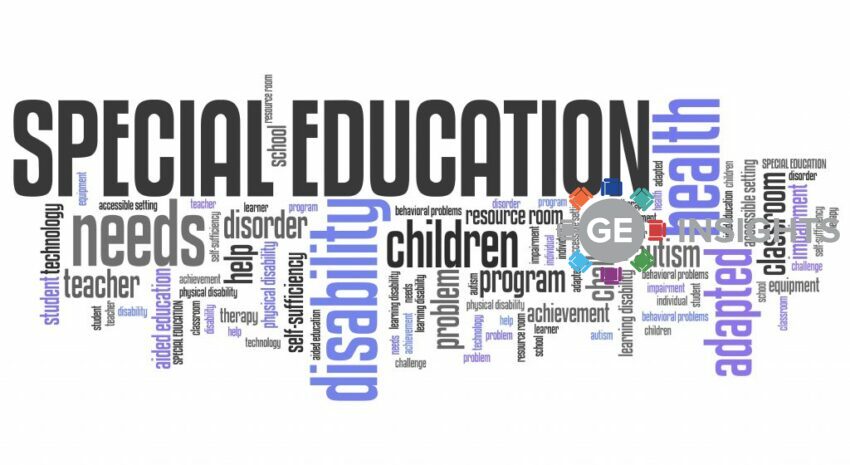
Following negative staff feedback, the Environment Agency decided to take action on gender inclusivity, introducing the Women’s Network in 2010. The agency laid out multiple aims to improve their workplace culture by focusing on diversifying the ranks and creating a safe space for all employees to thrive. Ten years on, the organisation has actively improved representation across executive management levels, aiming to close its Gender Pay gap by August 2021.
Key Findings:
- Between 2008-2019, the Environment Agency increased its female representation across executive managerial roles by 23%
- As of 2019, the agency had reduced its Gender Pay gap to just 1.9%
- Setting aims for the future, the Women’s Network seeks to increase its awareness of intersectionality and continue bridging the gaps in diversity and inclusion.
The Challenge
In 2010, the Environment Agency conducted a Gender Culture Survey via their staff intranet. After receiving over 100 responses in just 3 days, a pattern emerged in women’s feelings towards certain barriers they faced within the workplace. With the mention of a ‘static’ gender balance across the Civil Service, it became clear that something needed to be done to tackle the male-dominated culture of the organisation.

When put to management, many of the concerns had not been previously considered as prevalent within the organisation. Thus, looking to make amendments and create a more inclusive culture, the beginnings of the Women’s Network were set in motion.
The Solution
The overall vision of the Women’s Network was to ‘encourage, enable and equip women to achieve their full potential in the workplace’.
The first step towards establishing this kind of internal network was to seek support and recognition from the board. After agreeing their commitment, they appointed two gender champions (one male and one female) who would raise awareness around what the network were doing and act as visible role models. Their role would also help embed the measures that aimed to increase the number of women in executive managerial roles to 50%.
Working towards these aims, the Environmental Agency set out 3 core factors that would contribute to the success of the Women’s Network [1]:
- Vision: Having a clear vision – to ‘enable, equip and encourage women to reach their full potential in the workplace’. Importantly, this vision would be inclusive and value the input of both women (as members) and men (as friends).
- Evaluation: Approaching the network to annually refresh the action plan for the organisation and continually ask, through an attitudes survey, what the members and friends want and need.
- Energy and momentum: Keeping the energy levels high in the network and maintaining momentum by changing committee leads and developing innovative programmes was important to its success. This would include engaging more friends (men) in gender equality discussions, using new communication channels and working with other networks on joint initiatives.
The Impact
As of 2020, the Women’s Network has expanded to over 2,400 members and has the support of 250 friends, built up of allied male colleagues. There are also a large group of volunteers, making up the backbone of the network and acting as steering groups, working group leads and office leads.
Due to the commitment of all those involved, the Women’s Network has achieved greater representation and equality in several areas of their organisation.
Firstly, they successfully reduced their Gender Pay gap figure from 2017, reducing this from 2.7% to 1.9% by 2019. In addition, the representation across the executive level was also improved. For example, as of 2019, the number of women in Executive roles had risen to 37 compared with 53 men. This brought them within reach of their 50% target, sitting at 41%, and increasing by a significant 23% since 2008 [2].
The progressive changes brought about by the Women’s Network were widely acknowledged by external organisations, winning them multiple awards. These include the Employee Network award at the Civil Service Diversity and Equality Awards in 2019, as well as the Public Sector category in the Breaking the Mould Awards.
Aside from the data, the success of the network can be best measured in the feedback from the members it aims to serve. Thus, opinions from members and friends were measured through an Annual Feedback Survey.
According to 627 respondents, it was found that:
- 93% of members and 78% of friends feel that the Women’s Network is meeting its expectations
- 94% of members agreed that the network is addressing issues that affect women
- 71% of members agreed that the network is addressing issues that affect men
- 56% of members and 59% of friends find campaigns useful
- 54% of members and 43% of friends read and engaged with the monthly newsletter
- 46% of members applied for flexible working and 97% were accepted
- 18% of friends applied for flexible working and 85% were accepted.
It is clear to see that the efforts of the Women’s Network over the last 10 years have not gone unrewarded, with so many achievements both within and outside of the organisation. However, the agency is not beyond recognising that there is much more progress to be made and are intent on making the network much more inclusive.

The Future
When looking to the future, the Environment Agency has already begun strategising ways to improve on the feedback from the Women’s Network.
From August 2019 to 2021 they set up a 2-year action plan to allow substantial time to make the changes necessary. The main focus areas of their future plan include:
Intersectionality– working more closely with other employee networks to better understand the experiences and needs of women who have one or more protected characteristic
Gender Pay Gap Support– using high-quality data to understand the drivers of the gender pay gap, maximising transparency in promotion and pay and using skills-based assessment tasks in recruitment
Ensuring women feel valued, safe and can be themselves at work– addressing inappropriate language and celebrating women’s strengths.
Additional aims of the network are to become more representative of the 10,000 employees within their organisation, focusing primarily on the bigger challenge of gaining more male support via friends. Expanding on the idea of creating a network that is more inclusive of gender equality as a whole, the Women’s Network has also considered the transition to becoming a Gender Equality Network. Claire Bell, the former Women’s Network National Lead, has confessed that the ultimate aim of the network is to not exist at all. Should the barriers to equality and inclusion be dismantled, the Network would have succeeded in its purpose. Nevertheless, The Environment Agency continues to put its plans into action and move further towards this goal.
Sources:
[1]Schackell-Smith, K. and Barnes, R., 2015. The Diversity Network That Looks Forward To Its Own Demise. [online] Civil Service Blog. [online] [Accessed 25/01/21]
[2] Claire Bell, Women In Leadership Conference, September 2020
Register FREE to access 2 more articles
We hope you’ve enjoyed your first article on GE Insights. To access 2 more articles for free, register now to join the Government Events community.
(Use discount code CPWR50)




